Rim Fire Recovery
Reforestation Project and Memorial Trees in California
Sympathy Gifts That Live Forever
The 2013 Rim Fire was the largest recorded wildfire in the history of the Sierra Nevada. 257,314 acres of grass-oak woodlands, chaparral, Ponderosa Pine, and mixed conifer forests burned over the course of three months, with more than 90,000 acres being burned at a high severity. In all, 98% of the burn area was within the Tuolumne Watershed. To address this, a common-ground reforestation plan was adopted by the Stanislaus National Forest. This reforestation plan was designed to restore a forest mosaic to the landscape, creating habitat, protecting water quality, and ensuring the continued existence of a vibrant and thriving landscape.
Trees Available
400,000
Ponderosa pine, Douglas fir and Sugar pine.
PROVIDE WATER
More than 50% of U.S. drinking water comes from forests. Trees pull water out from the ground and release it back into the rivers and lakes.
CLEAN AIR
Trees have been dubbed the “lungs of the Earth” because they absorb pollutants and filter contaminants in the air.
CREATE OXYGEN
One large tree can provide a day’s supply of oxygen for up to 4 people, while 2 ac. of forest provides enough for 500+ people each year.
IMPROVE SOIL
Trees break down organic matter then release nutrients back into the soil, which counteracts plants that take these nutrients out of the soil.
PREVENT DISASTERS
Tree root systems absorb water and stabilize soil, which help prevent erosion, flooding, and other natural disasters from happening.
HELP WILDLIFE
Trees are essential to wildlife and ecosystems. They provide food, protection, and homes for many birds and mammals.
